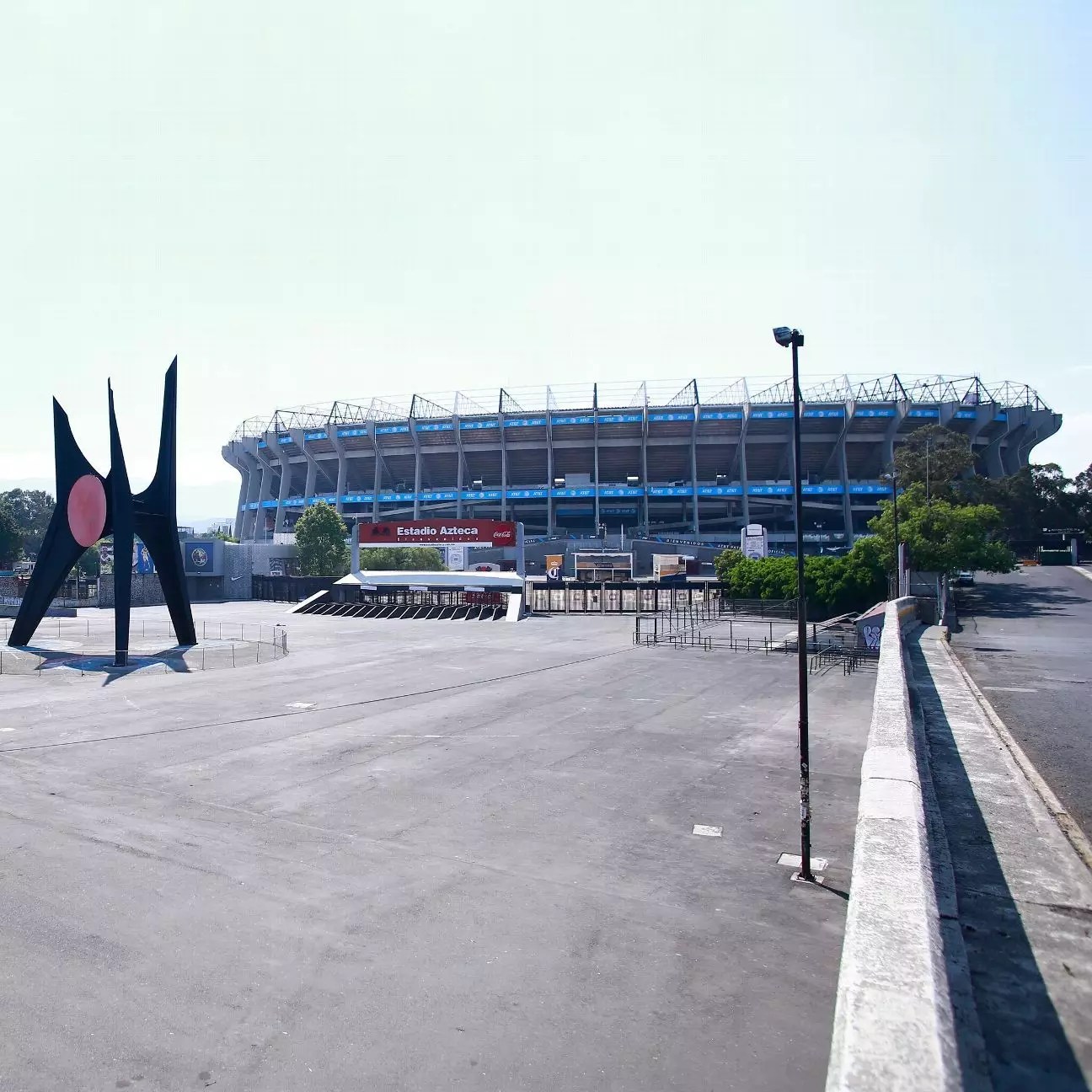In the glitzy realm of elite stadium luxury boxes, a new chapter unfolds that exposes the complex, often contentious relationship between longstanding property rights and the fate of a global sporting spectacle. While the 2026 FIFA World Cup promises national pride and international attention, it also resurrects a deeply rooted conflict: who truly owns access to the stadium’s most exclusive spaces? For more than six decades, suite owners at Estadio Azteca, now known as Estadio Banorte, have held a contractual promise—a 99-year guarantee to enjoy their private luxury boxes and access to all events inside. However, the upcoming tournament has cast an unsettling shadow over their rights, revealing a disconnect between legacy agreements and FIFA’s corporate ambitions.
These owners are not mere spectators; they are the custodians of a long-standing privilege that has, until now, been taken for granted. Emilio Azcárraga Milmo, the visionary businessman behind the stadium’s construction, sold VIP packages to finance its creation—an innovative, if controversial, financial model that intertwined private investment with public spectacle. Yet, as FIFA asserts unprecedented control over the venue for the World Cup, these contracts are suddenly under threat, raising questions about ownership, legality, and fairness in the shifting sands of modern sports management.
The Legal Battle: Defending Rights in an Era of Commercial Power
Roberto Ruano, representing the Association of Estadio Banorte suite owners, emerges as a vocal defender of legacy agreements. His firm stance reflects the frustration of many owners who fear losing their access rights in the name of commercial interests. The impending deadline of September 9 hangs heavy—an ultimatum that could determine whether these owners retain their privilege or are displaced by FIFA’s corporate plans. Ruano’s confidence that the stadium will pay FIFA to safeguard their interests is rooted in a mix of pragmatic negotiation and distrust of the management’s promises.
Yet, behind this optimism lies a deeper issue: the disparity of power. The contracts, based on agreements made in 1961, have seemingly been rendered fragile by inflation and shifting ownership dynamics. Guillermo Torres, a suite owner turned legal advocate, has gone further by filing a complaint with Mexico’s Federal Consumer Protection Agency—Profeco—arguing for their right to continue using the luxury boxes. His case highlights the fundamental conflict between contractual rights established decades ago and the contemporary commercial realities of hosting a worldwide event, where FIFA’s authority often supersedes individual agreements.
FIFA’s demand for control—stipulating they want stadium sovereignty 30 days before the tournament and a full week afterward—encapsulates the organization’s broader ambitions for operational dominance. For the owners, this encroachment exemplifies how community and long-term property rights are often subordinate to global commercial interests seeking maximum profit and control.
Historical Precedent Versus Modern Profit-Driven Strategies
The 1986 World Cup set an influential precedent when Emilio Azcárraga Milmo personally paid FIFA to preserve the rights of suite owners—an act that demonstrated a certain respect for legacy agreements rooted in local investment. Today, however, the landscape has dramatically shifted. Inflation has driven ticket prices to stratospheric levels, transforming access from a private luxury into an exclusive, multimillion-dollar commodity. Ruano emphasizes that the difference between past and present is striking; where promises once guaranteed access, today’s commercial imperatives threaten to render those promises obsolete.
This modern greed strangles the community-oriented spirit of these agreements. It raises a fundamental question: should legacy holders be betrayed, or should their rights be protected amid an era of institutional expansion? The owners’ fight is not merely about physical access but about safeguarding a legacy that intertwined personal investment with a sense of inclusion within the World Cup’s grand narrative. In many ways, this dispute exemplifies the broader tensions in sports—how commercial interests threaten to erode the social fabric that once made stadiums communal temples.
FIFA’s unwavering stance on full control underscores a desire to centralize power, minimize liabilities, and maximize revenue. While the global organization talks of fairness and spectacle, behind closed doors, it’s a battle for territory—both physical and symbolic. Whether these luxury box owners will prevail remains uncertain, but their struggle exposes the darker side of global sporting events: commodification at the expense of history, community, and personal rights. This controversy underscores the need for more ethical governance that respects long-standing commitments, even amidst the pursuit of worldwide sporting glory.


Leave a Reply